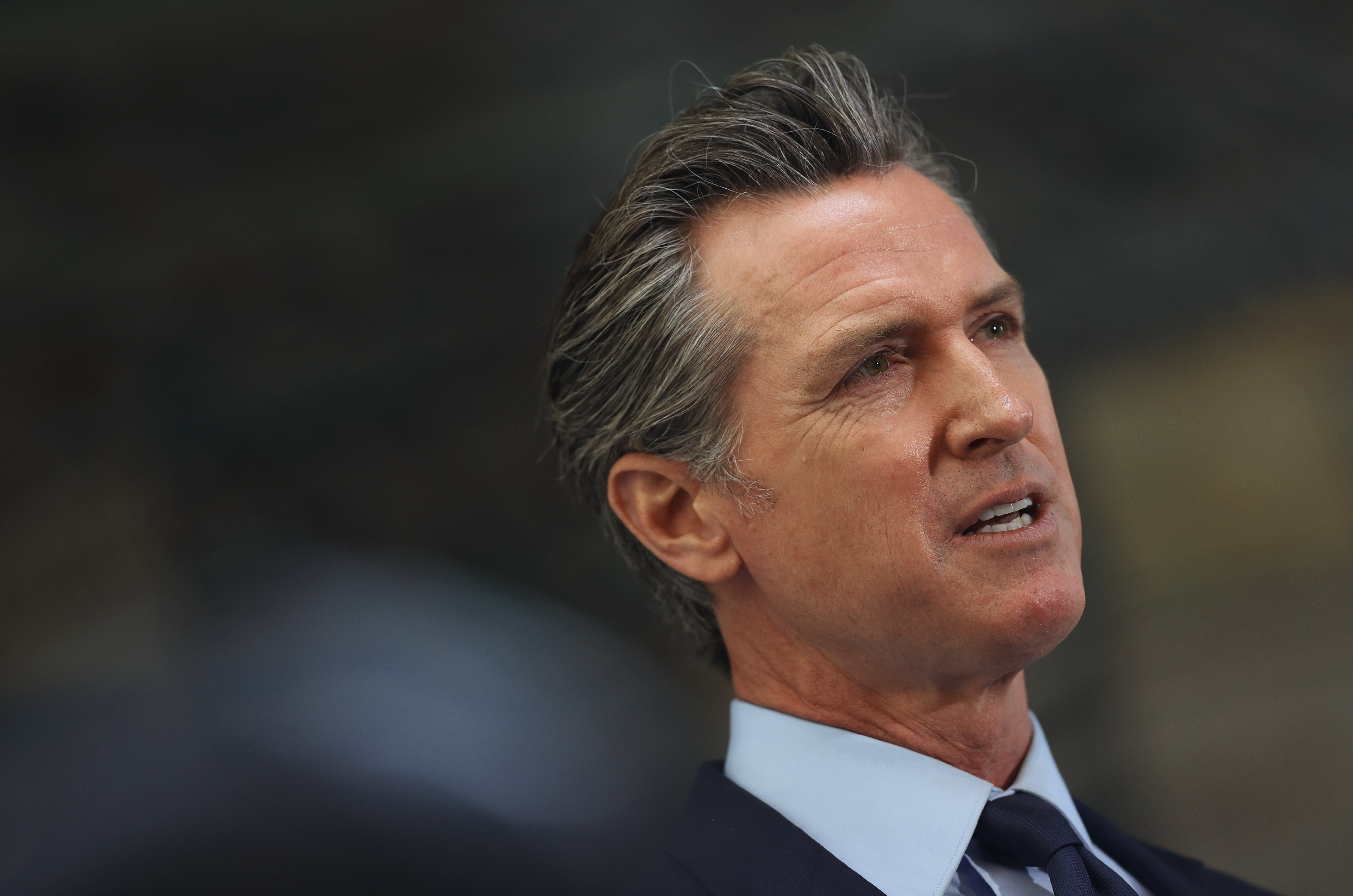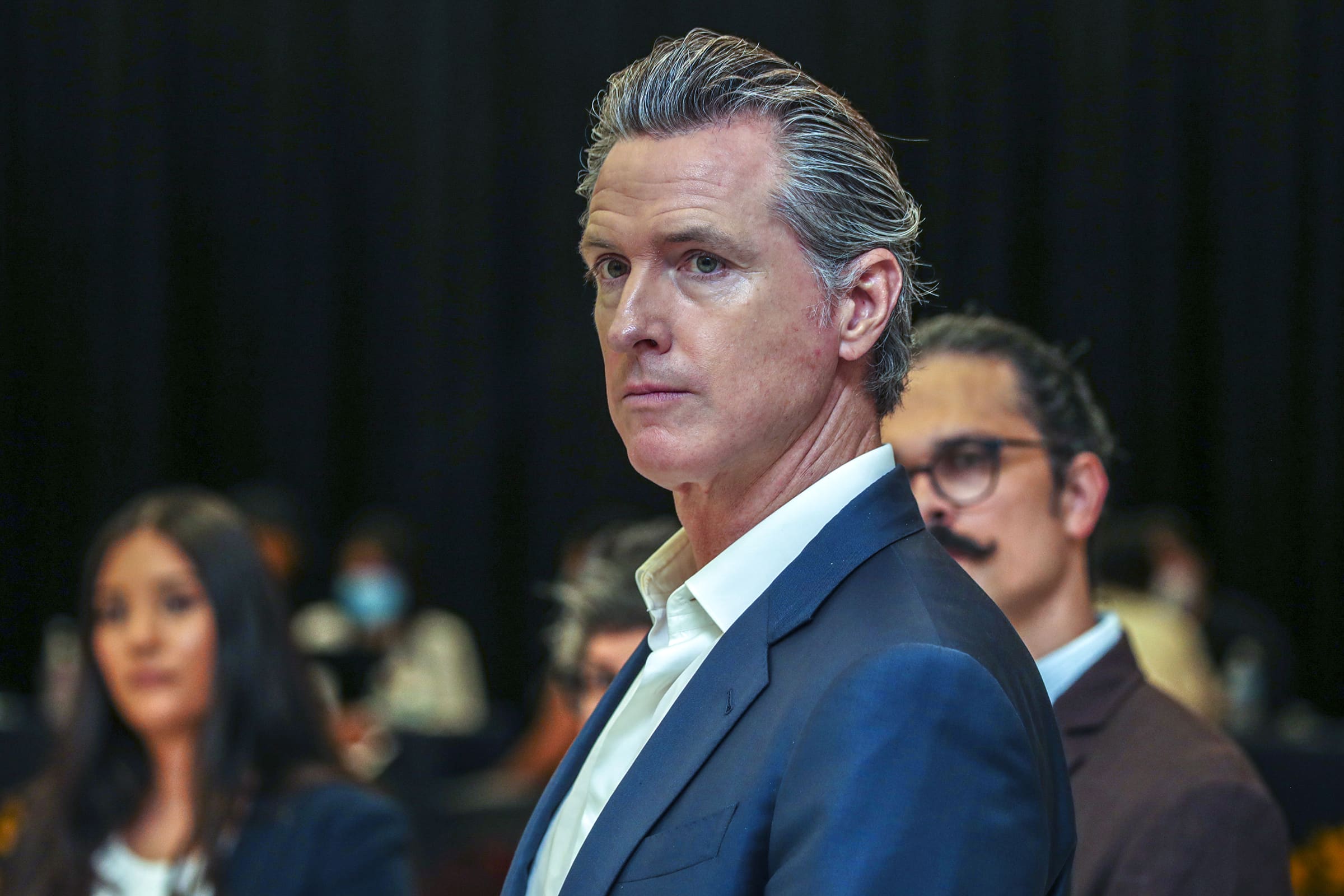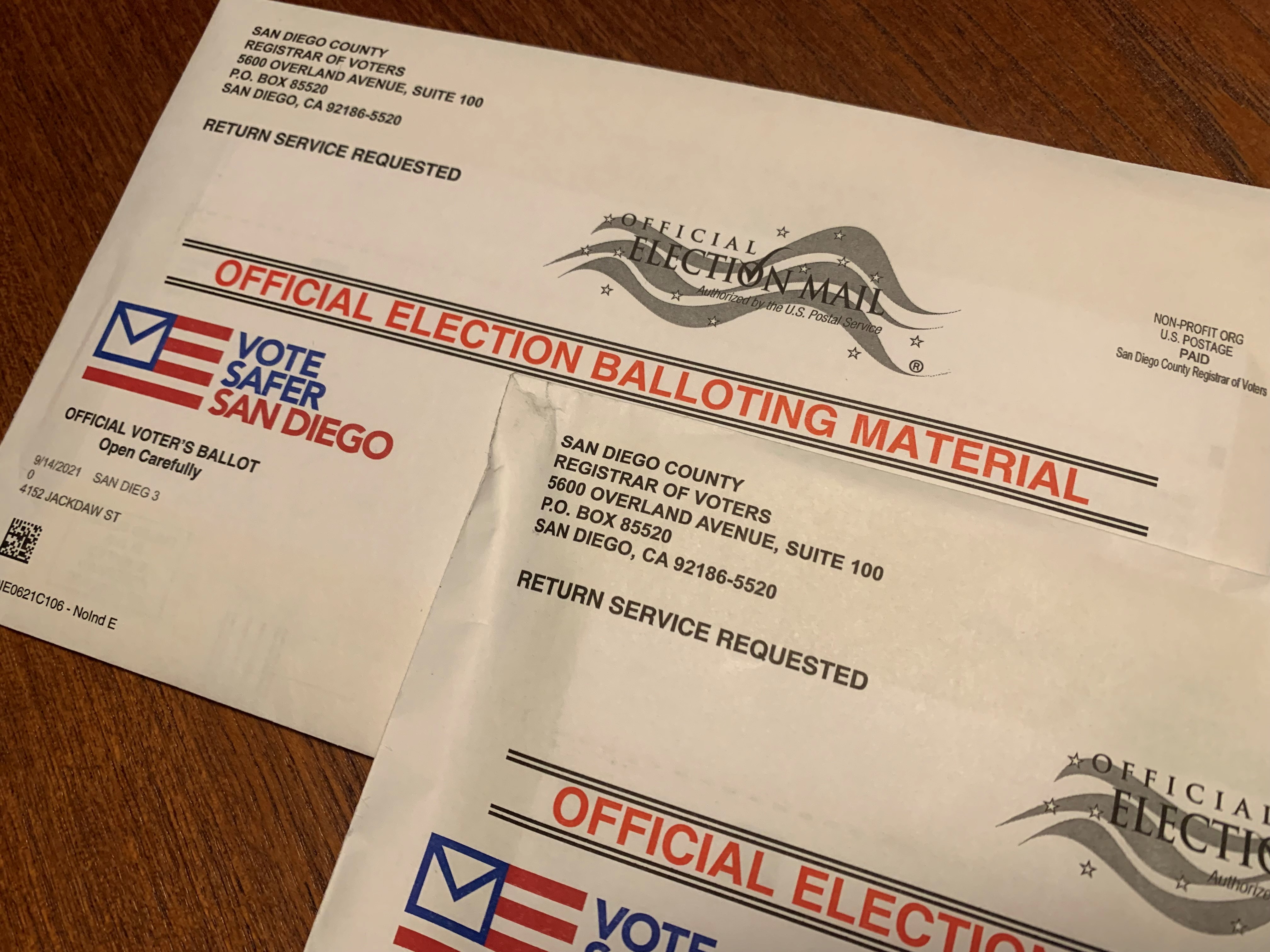Do you want to recall the governor? It's a question that has been asked of state voters only three times in U.S. history, and only twice has the answer been "yes." One of those was in California.
On Sept. 14, California voters will have the chance to answer that question, again. The outcome could result in another candidate taking over the last year-plus of Gov. Gavin Newsom's time in office.
Here's what you should know before you vote in the recall 2021 Gubernatorial Recall Election:
2021 Recall Election
Get San Diego local news, weather forecasts, sports and lifestyle stories to your inbox. Sign up for NBC San Diego newsletters.
How does a recall election work?
The recall process allows voters to decide whether to remove elected public officials from office before their term is over. California is one of 19 states that allows any elected official to be recalled from office.
Registered voters will be asked only two questions on the 2021 Gubernatorial Recall Election ballot:
- Do you want to recall the governor?
- If recalled, who do you want to replace him?
The first question will remove Gov. Gavin Newsom from office. The second will decide which of 46 candidates will replace him.
There will be no option to select Newsom in the second question. The only way to vote for him is to vote against the recall.
It will take more than 50% of voters answering "yes" on the first question for Newsom to be removed and for the second question to be relevant. The candidate with the highest percentage of votes on the second question will be selected as California's newest governor, even if it's not a majority of the vote.
Click here for important dates in the recall election, where to drop off your ballot, where to vote in person and more voting questions, answered
According to the latest data from FiveThirtyEight, a website that aggregates data from various polls, the average number of Californians who say they will vote to keep and vote to remove Newsom are both just under 50%.
Of the polls analyzed by FiveThirtyEight, the leading contender to replace Newsom is conservative radio host Larry Elder with about 19% of the vote.
If actual polling results mimic the polls, that could mean a candidate selected by about 19% of voters could replace a candidate that was wanted in office by nearly 50% of voters.
Do I have to vote on both questions?
No. Voters can choose to answer either one or both parts of the recall ballot.
And, if you vote no to recall the governor, you can still choose a candidate to replace him if the recall is successful.
How does this election compare to the 2003 Gubernatorial Recall Election?
California has been here once before, in 2003. And, in that vote, a less-than-majority candidate replaced the governor, though it was close.
During that recall election, 55% of voters chose to oust Democratic Gov. Gray Davis. Out of whopping 135 candidates listed as potential replacements, Arnold Schwarzenegger received less than 49% of votes to replace Davis in office.
Davis had only served 11 months of his first term in office before he was ousted.
Why is Gov. Gavin Newsom Up for Recall?
There have been six recall petitions against Gov. Gavin Newsom but only one was successful in fulfilling the requirement to obtain about 1.5 million valid signatures to send it to a vote.
The petition cited Newsom's implementation of laws "which are detrimental to the citizens of this state and our way of life" as the reason he should be recalled.
On April 26, California's Secretary of State's Office announced the recall petition had secured the signatures necessary -- 12% or more than the number of ballots cast when Newsom was re-elected -- to send the petition to the ballot.
Newsom was elected in 2018 in a landslide with nearly 62% of the vote.
Who’s on the ballot? Who's running as a Democrat, Republican or other?
This year's recall election ballot will be packed, but not quite as packed as in 2003 when voters had 135 candidates to choose from.
The most prominent Republicans running to replace Newsom are former San Diego Mayor Kevin Faulconer and reality TV star Caitlyn Jenner, who has never run for elected office. Businessman John Cox, who lost badly to Newsom in 2018, former Congressman Doug Ose, and Elder are also running on the Republican ticket.
There are also eight Democratic candidates, two Green party candidates, a Libertarian and several with no party preference on the ballot.
Here's who is running as a Democrat:
- Holly L. Baade
Mother/Business Owner - John R. Drake
College Student - Patrick Kilpatrick
Actor/Screenwriter/Producer - Jacqueline McGowan
Cannabis Policy Advisor - Kevin Paffrath
Financial Educator/Analyst - Armando "Mando" Perez-Serrato
No Ballot Designation - Brandon M. Ross
Physician/Attorney - Joel Ventresca
Retired Airport Analyst - Daniel Watts
Free Speech Lawyer
Here's who's running as a Republican:
- David Alexander Bramante
Realtor/Multifamily Developer - John Cox
Businessman/Accountant/Father - Larry A. Elder
Broadcaster/Author - Kevin L. Faulconer
Businessman/Educator - Rhonda Furin
Nonprofit President - Ted Gaines
Board of Equalization Member - Sam L. Gallucci
Pastor/CEO/Consultant - David Hillberg
Aircraft Mechanic/Actor - Caitlyn Jenner
Businessperson/Entrepreneur - Kevin Kiley
California Legislator - Chauncey "Slim" Killens
Retired Correctional Officer - Jenny Rae Le Roux
Business Owner/Mother - Steve Chavez Lodge
Retired Homicide Detective - David Lozano
Executive Officer/Attorney - Diego Martinez
Businessman - Daniel Mercuri
Father/Business Owner - Robert C. Newman II
Farmer/Psychologist - Doug Ose
Farmer/Small Businessman - Sarah Stephens
Pastor - Denver Stoner
Deputy Sheriff - Joe M. Symmon
Community Volunteer - Anthony Trimino
Entrepreneur/CEO - Nickolas Wildstar
Musician/Entrepreneur/Father - Leo S. Zacky
Businessman/Farmer
Here's who has other party affiliations or has no party preference:
- Heather Collins - Green
Business Owner/Hairstylist - Dan Kapelovitz - Green
Criminal Defense Attorney - Jeff Hewitt - Libertarian
Riverside County Supervisor - Angelyne - No Party Preference
Entertainer - James G. Hanink - No Party Preference
Retired Educator - Kevin K. Kaul - No Party Preference
Real Estate Developer - Michael Loebs - No Party Preference
University Lecturer - Denis Lucey - No Party Preference
Teacher - Jeremiah "Jeremy" Marciniak - No Party Preference
No Ballot Designation - David Moore - No Party Preference
Public School Teacher - Adam Papagan - No Party Preference
Entertainer - Dennis Richter - No Party Preference
Retail Store Worker - Major Singh No Party Preference
Software Engineer
Here’s the complete certified list of candidates from the California Secretary of State.
When is the deadline to register to vote in the recall election?
The deadline to register to vote by mail for the Sept. 14 California Gubernatorial Recall Election is Aug. 30, 2021.
According to the San Diego Registrar of Voters, you will need to register or re-register to vote if you are not registered in San Diego County, if you recently moved, or if you changed your name.
Voters can check their registration status online here. Those who need to register can do so following the instructions and form here.
You can register to vote on Election Day in California. It's called Conditional Voter Registration and allows Californians who miss the deadline to register to vote or update their voter registration information for an election. It means your ballot will be processed and counted once the county elections office has completed the voter registration verification process.
You can do so by visiting:
- The Registrar of Voters office at 5600 Overland Ave., San Diego, CA 92123, during the 14 days prior to and including Election Day, or
- Any in-person voting location open during the three days prior to and including Election Day.
Ask for a conditional voter registration ballot.
When are polls open for in-person voting on Election Day?
Early voting is already underway in some parts of California, including in San Diego County. The Secretary of State also offers a tool to help you find early voting and ballot drop-off locations near you. Or, use the county's interactive tool to find the location closest to you.
Polling places will be open from 7 a.m. to 8 p.m. on Sept. 14. If you're in line before 8 p.m., you can vote.
How do I find my polling place?
Click here find your polling place.
What if my name isn’t on the official polling place list?
Voters who believe they've registered, but arrive at a polling place only to find they're not on the official voter registration list can cast a provisional ballot. The same is true for vote-by-mail voters who did not receive a ballot or forgot to bring it to the polling place. Provisional ballots go into a special envelope, and they're counted after it's confirmed that you're registered to vote.
Find out how to check your provisional vote's status here.
Can I track my ballot after I send it?
Yes. Voters who return their mail ballot through the U.S. Postal Service can track it by signing up online for “Where's My Ballot?” California also uses the BallotTrax tool.
Something just didn’t seem right. What should I do?
Do you know about California's Voter Bill of Rights? If you feel like your right to vote was violated or any of those conditions were not met, you can contact the Secretary of State.
- Online: Click here
- Phone: 800-345-8683
- Email: elections@sos.ca.gov
When would a new governor take office and for how long?
County elections officials have 30 days after the election to complete the official canvass. On the 38th day after the election, if the recall is successful, the Secretary of State will certify the election results.
The new governor would then take the oath of office and remain there for the rest of the term.
Newsom's current term, his first, ends in January 2023. Voters will choose who will serve the next four-year term in the November 2022 election.
Sign up for our Breaking news newsletter to get the most urgent news stories in your inbox.




